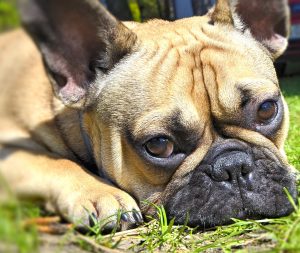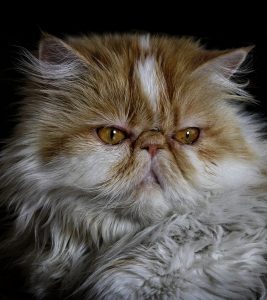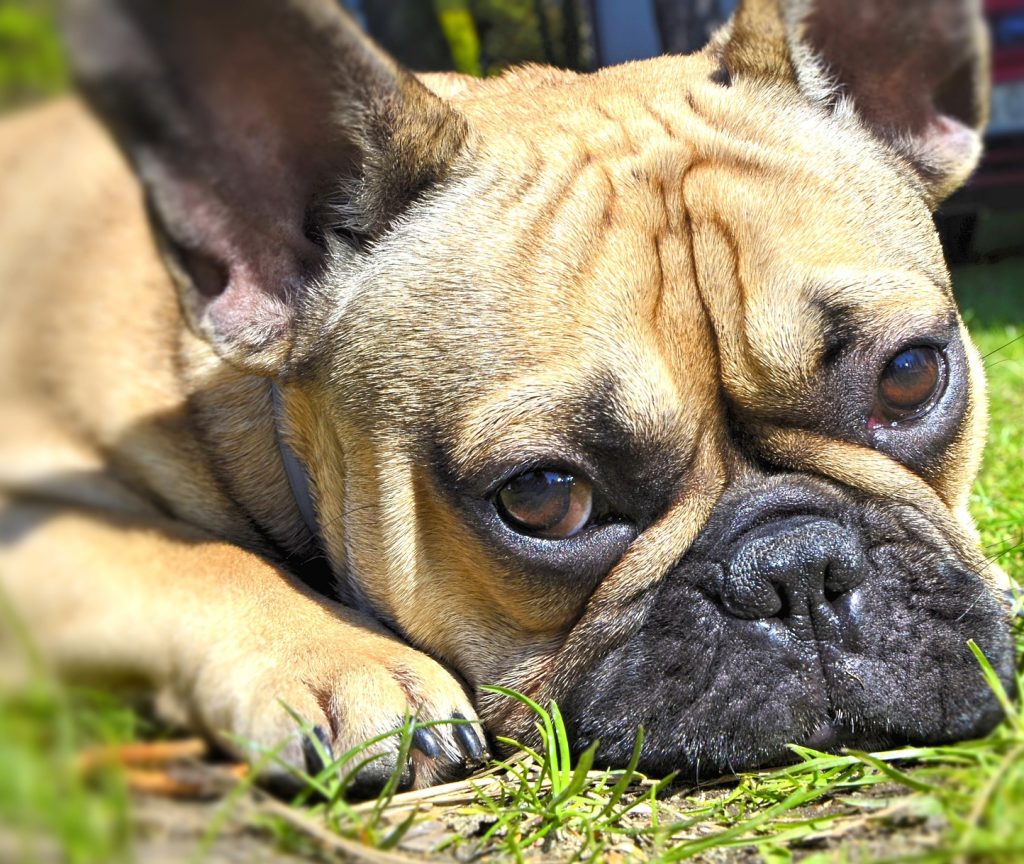The short nose in flat-faced dog and cat breeds is unacceptable and negatively affects animal welfare. Veterinarians call for action!
 The French Bulldog, the Pug and the Persian are examples of flat-faced (brachycephalic) dog and cat breeds that are currently very popular. Caring Vets is very concerned about the welfare of these animals. Brachycephalic dogs and cats suffer because they have serious health problems, which are often not recognized by the owners. Consequently we urge breeders, pedigree judges, veterinarians and (future) dog owners to take responsibility and tackle these problems. Animal breeding simply cannot and should not be based on consumers and breeders whims and whishes, especially if the animals’ health and welfare are at stake.
The French Bulldog, the Pug and the Persian are examples of flat-faced (brachycephalic) dog and cat breeds that are currently very popular. Caring Vets is very concerned about the welfare of these animals. Brachycephalic dogs and cats suffer because they have serious health problems, which are often not recognized by the owners. Consequently we urge breeders, pedigree judges, veterinarians and (future) dog owners to take responsibility and tackle these problems. Animal breeding simply cannot and should not be based on consumers and breeders whims and whishes, especially if the animals’ health and welfare are at stake.
Brachycephalic animals are bred in such a way that the structures in the skull do not have enough space. The nostrils are too small, the tongue proportionally too large and the soft palate too long, therefore closing off an important access route to the throat and airways. They often have a very flattened trachea that is too narrow. This results in a continuous shortness of breath.
In order to be able to breath normally, many brachycephalic dogs have to undergo surgery.

The physical appearance of the brachycephalic animals leads to more problems: regarding the teeth, there is insufficient space in the jaw resulting in dental problems. Folds on the head cause skin infections and the bulging eyes frequently cause painful eye conditions. The short stature of the skeleton causes defects and gives rise to back problems, such as hernias. Natural production is also hindered due to this build and birth problems are common. Worldwide this has been scientifically proven in various publications and generally known to breeders and veterinarians.
According to the law, since 2014 it has been forbidden to ” breed with companion animals in a way that harms the welfare and health of the parent or offspring”. Breeding should prevent serious hereditary defects, diseases and harmful external characteristics being passed on to offspring as well as prevent unnatural reproduction.
Purposely breeding with deformed animals is thus prohibited, but nevertheless happens on a large scale. It is not enforced because Dutch law lacks the criteria to be able to rule in specific cases that this article has been violated.
We therefore call on the government to quickly set clear criteria: a minimum muzzle length and nostril size should be determined for both dog and cat.
Furthermore, we want to encourage breeders and pedigree judges to select the longest snouts, the most open nostrils and a normal build within a ‘flat-faced breed’ as the best representative of that breed.
We call on veterinarians to stop artificial insemination if there is no indication for it. Furthermore, English and French Bulldogs are currently being subjected to caesarean sections in about 80% of births. This often happens by appointment instead of in an emergency situation. We call on veterinarians to only use a caesarean section if there is a medical indication, as dictated by the guideline from the KNMvD (Dutch Veterinary Association) and the aforementioned article 3.4 in the law. The veterinarian should argue for castration in case of a caesarean section, implemented because of the harmful breed characteristics. They should also register surgical procedures performed to facilitate breathing, as these animals are not suitable for breeding due to a hereditary taint.
Finally, a warning for all (future) dog and cat owners: your buying behavior determines what is bred! Therefore think carefully before you purchase a dog or cat and have your veterinarian advise you. Watch and listen to the mother and father when visiting a breeder: animals that can not breathe without making noise or have almost closed nostrils always suffer from breathlessness! This can be compared to breathing through a straw. Try this technique yourself first, and then imagine what it’s like for the animal. Chances are that you will prefer an animal that can breathe normally. To say that snoring is ‘characteristic of the breed’ is a fallacy. It is merely a sign that the breed has been unhealthily bred for far too long. Every veterinarian will agree that this is not endearing, but rather incredibly sad for the animal.
Together we can ensure that our pets no longer have to suffer from fads and trends and inadequate policy-making.
Caring Vets, working group companion animals
